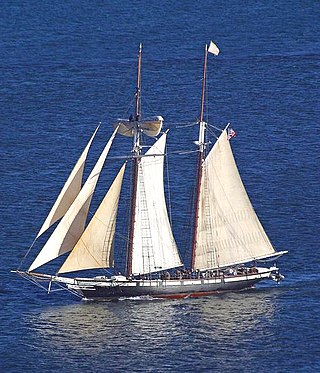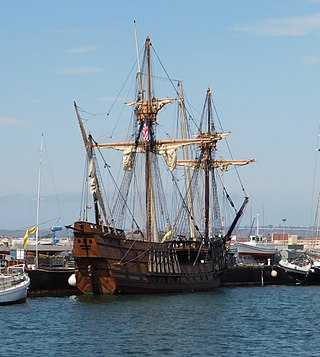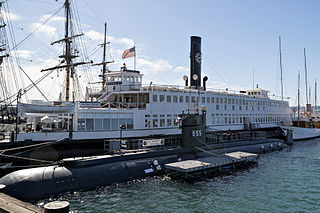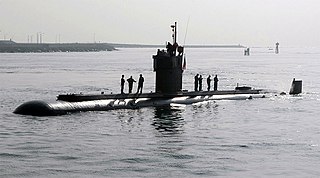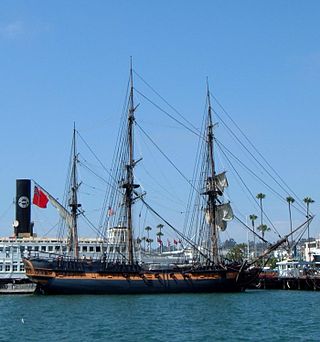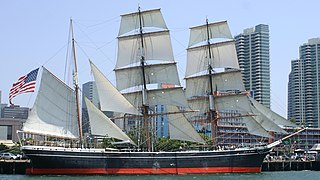Self-guided Sightseeing Tour #1 in San Diego, United States
Legend
Tour Facts
0.3 km
0 m
Experience San Diego in United States in a whole new way with our free self-guided sightseeing tour. This site not only offers you practical information and insider tips, but also a rich variety of activities and sights you shouldn't miss. Whether you love art and culture, want to explore historical sites or simply want to experience the vibrant atmosphere of a lively city - you'll find everything you need for your personal adventure here.
Activities in San DiegoIndividual Sights in San DiegoSight 1: Californian
Californian is a 1984 replica of the United States Revenue Marine cutter Lawrence, which operated off the coast of California in the 1850s. On July 23, 2003, Governor Arnold Schwarzenegger signed Bill No. 965, making her the "official state tall ship" of California.
Sight 2: San Salvador
San Salvador was the flagship of explorer Juan Rodríguez Cabrillo. She was a 100-foot (30 m) full-rigged galleon with 10-foot (3.0 m) draft and capacity of 200 tons. She carried officers, crew, and a priest.
Sight 3: Medea
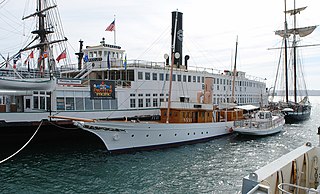
The Medea is a 1904 steam yacht preserved in the Maritime Museum of San Diego, United States. Named after Medea, the wife of Jason, she was built in a record 51 days on the Clyde at Alexander Stephen and Sons shipyard at Linthouse by John Stephen for William Macalister Hall of Torrisdale Castle, Scotland.
Sight 4: Berkeley
Berkeley was one of several ferryboats of the Southern Pacific Railroad that for sixty years operated on San Francisco Bay between the Oakland Pier and the San Francisco Ferry Building. Built in 1898 by the Union Iron Works of San Francisco, she served after the 1906 earthquake, ferrying refugees across the bay to Oakland.
Sight 5: USS Dolphin
Get Ticket*USS Dolphin (AGSS-555) was a United States Navy diesel-electric deep-diving research and development submarine. She was commissioned in 1968 and decommissioned in 2007. Her 38-year career was the longest in history for a US Navy submarine to that point. She was the Navy's last operational conventionally powered submarine.
Sight 6: HMS Surprise
HMS Surprise is a modern tall ship built at Lunenburg, Nova Scotia, Canada. The vessel was built in 1970 as HMS Rose to a Phil Bolger design based on the original 18th-century British Admiralty drawings of HMS Rose, a 20-gun sixth-rate post ship from 1757.
Sight 7: Star of India
Get Ticket*Star of India is an iron-hulled sailing ship, built in 1863 in Ramsey, Isle of Man as the full-rigged ship Euterpe. After a career sailing from Great Britain to India and New Zealand, she was renamed, re-rigged as a barque, and became a salmon hauler on the Alaska to California route. Retired in 1926, she was restored as a seaworthy museum ship in 1962–3 and home-ported at the Maritime Museum of San Diego in San Diego, California. She is the oldest ship still sailing regularly and also the oldest iron-hulled merchant ship still afloat. The ship is both a California Historical Landmark and United States National Historic Landmark.
Share
How likely are you to recommend us?
Disclaimer Please be aware of your surroundings and do not enter private property. We are not liable for any damages that occur during the tours.
GPX-Download For navigation apps and GPS devices you can download the tour as a GPX file.
